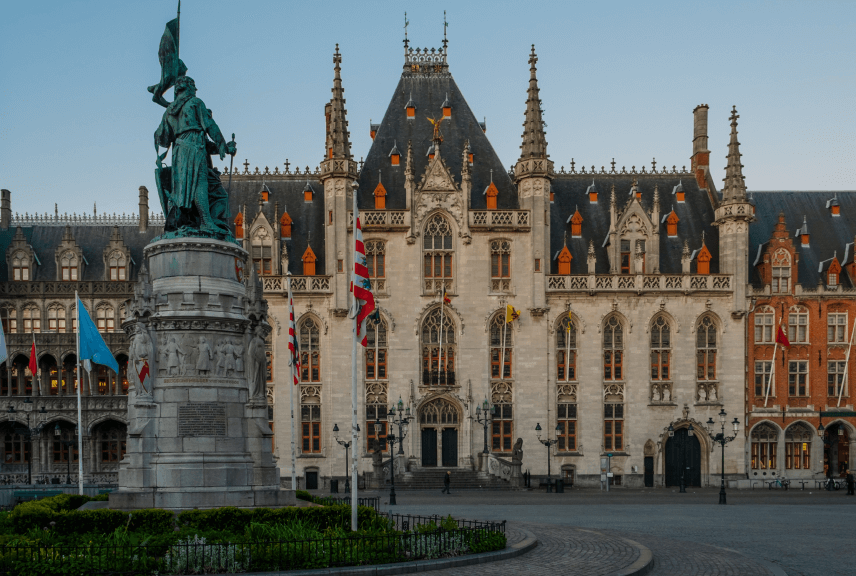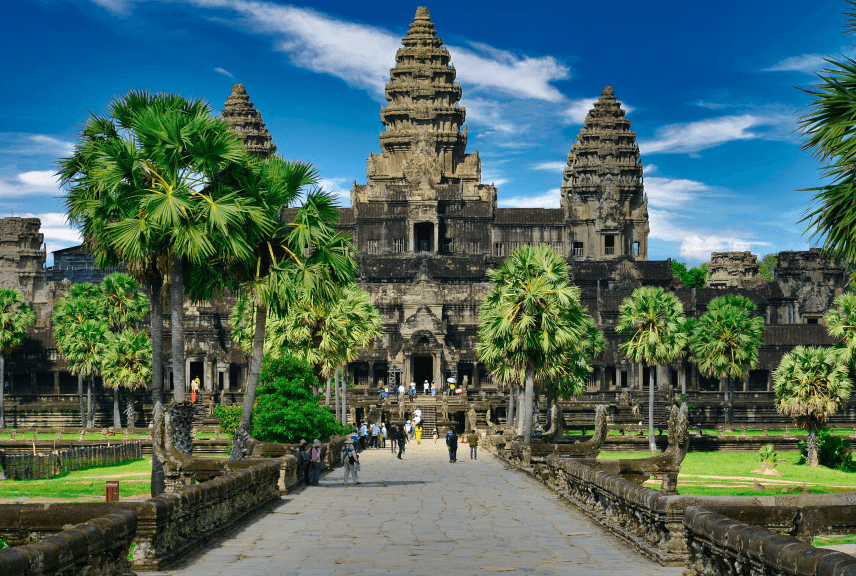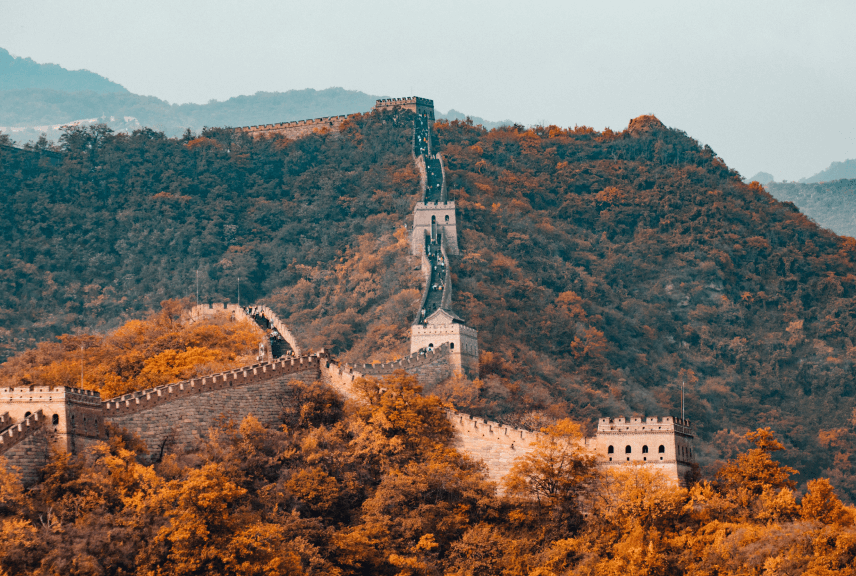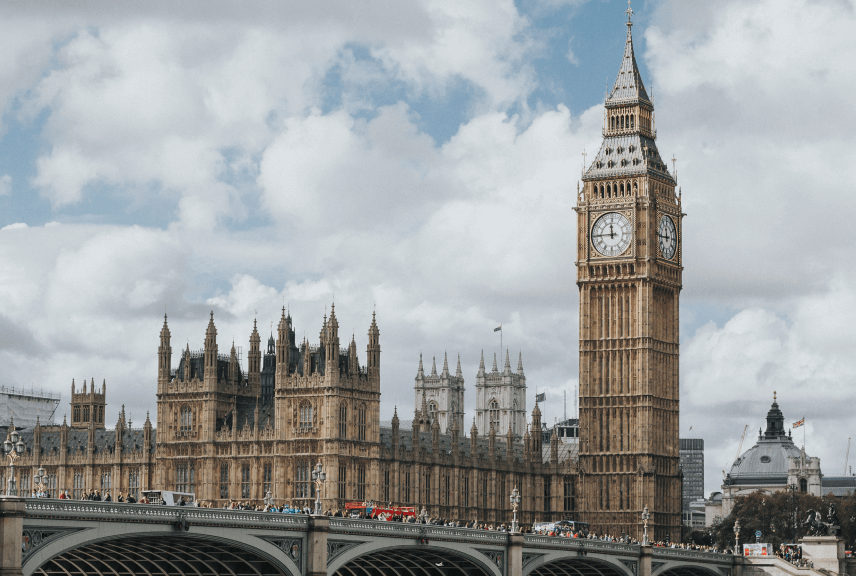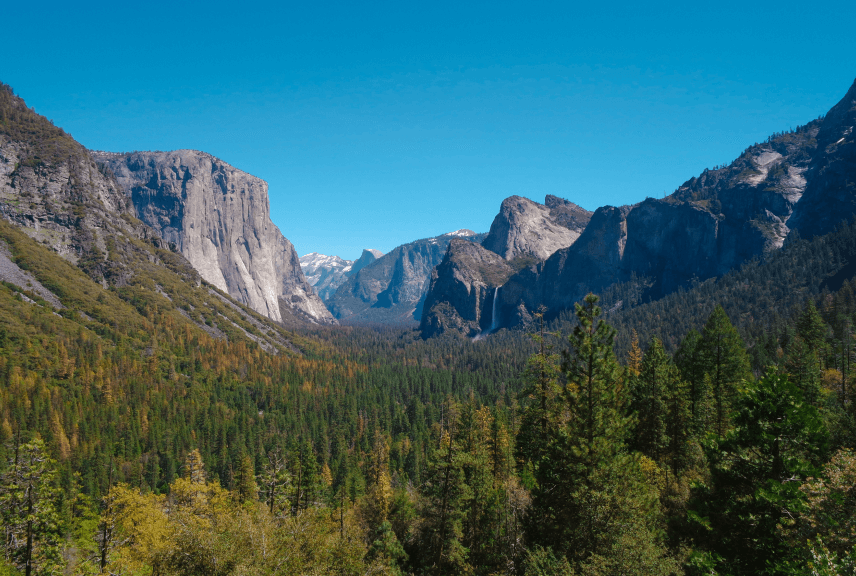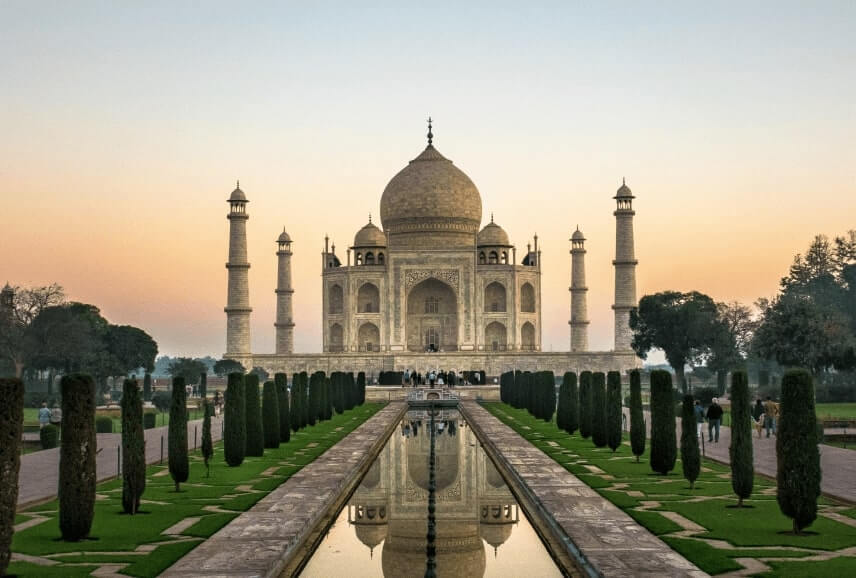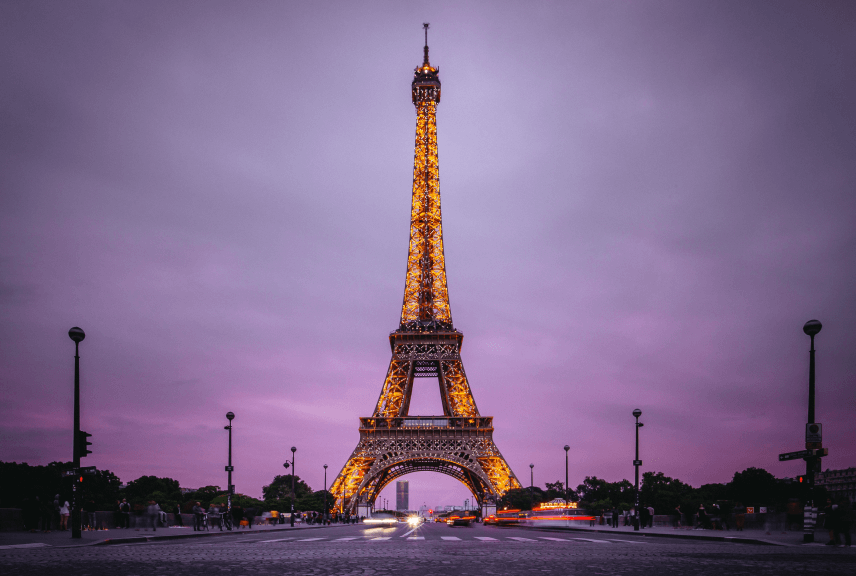In our world, the joy derived from cute animals is undeniable. Their endearing faces and playful demeanor have an immediate uplifting effect, even during dark or gloomy times. As animal enthusiasts, it is our responsibility to ensure that we observe and appreciate them in a sustainable and ethical manner.
This article explores the realm of the most adorable animals and provides guidance on how to engage with them in a manner that prioritizes their well-being and happiness.
Arctic Foxes

Arctic foxes, also known as the “white fox” or “polar fox,” are remarkable creatures perfectly adapted to the harsh, frigid landscapes of the Arctic tundra and polar regions. Their thick, pristine white fur not only camouflages them against the snow but also provides insulation against the extreme cold. These small canids exhibit incredible resourcefulness in their search for food, preying on small mammals and foraging for plant matter when necessary. Their ability to endure sub-zero temperatures and scarcity of resources is a testament to their resilience. Arctic foxes play a crucial role in their ecosystems and are an iconic symbol of the Arctic’s stark beauty and the remarkable adaptations of its wildlife.
Tigers


Tigers, though often described as cute and endearing, are apex predators known for their distinctive orange coat with black stripes. These majestic big cats, native to Asia, are the largest of their species, and they possess a quiet grace that belies their immense strength. Their striking appearance and enigmatic nature have captivated people around the world, earning them a place in countless stories, myths, and conservation efforts.
Despite their undeniable cuteness as cubs, it’s important to remember that adult tigers are formidable creatures, critical to maintaining the delicate balance of their ecosystems. Conservation initiatives are crucial in preserving these charismatic felines and their natural habitats.
Quokkas


Quokkas are known as the happiest animals on Earth because of their perpetual smile, caused by the alignment of their mouth and their fur. These small marsupials can be found on Rottnest Island in Western Australia. Remember to respect their space and observe from a safe distance.
Baby Elephants


Seeing a playful baby elephant is bound to melt anyone’s heart. Consider visiting ethical elephant sanctuaries that prioritize the well-being of these majestic creatures, and please do not participate in riding any elephant, even full-grown adults.
Owls


Owls are captivating birds known for their distinctive appearance and exceptional hunting skills. These nocturnal raptors are equipped with large, forward-facing eyes that afford them exceptional night vision, and their keen hearing allows them to locate prey in near-complete darkness. Their silent flight, courtesy of specialized feathers, makes them stealthy predators. Owls come in a variety of species and sizes, from the petite Elf Owl to the imposing Great Horned Owl.
They are celebrated in folklore and mythology across cultures, often representing wisdom and mystery. Owls are not only remarkable hunters but also vital components of their ecosystems, helping control rodent populations and maintaining the ecological balance in the environments they inhabit. Their haunting calls and captivating presence in the moonlit night have made them a symbol of both intrigue and natural beauty.
Snowshoe Hare


Snowshoe hares, often called the “magicians of the North,” are remarkable creatures uniquely adapted to the cold, snow-covered landscapes of North America. Their most striking feature is the seasonal change in fur color, transitioning from brown in the summer to a brilliant white in the winter, allowing them to blend seamlessly with their surroundings and evade predators. These hares are medium-sized and possess oversized hind feet, which act as natural snowshoes, enabling them to move effortlessly on the deep snow.
Snowshoe hares are primarily herbivores, feeding on a diet of woody shrubs and plants. Their population cycles, linked to fluctuations in food availability, have fascinated ecologists for years, making them a vital species in the ecology of their northern habitats. In addition to their ecological significance, the captivating transformation in their appearance makes them a true symbol of adaptability to the challenges of the cold, snowy wilderness.
Koalas


Australia’s beloved marsupials are undeniably cute. Unfortunately, koalas are on a fast trajectory toward extinction, with some experts predicting none could be left by the year 2050. Support wildlife sanctuaries that rescue and rehabilitate injured or orphaned koalas.
Penguins


Whether it’s the waddling of the emperor penguins or the adorable antics of the little blue penguins, seeing them in their natural habitat is an experience that is tough to match. If you cannot travel to see them in the wild, a conservation-focused aquarium can be a delightful experience.
Baby Sloths


With their slow movements and perpetual smiles, baby sloths are truly a sight to behold. If you’re visiting Central or South America, seek out reputable wildlife rescue centers that work to protect these vulnerable creatures.
Red Pandas


These endangered cuddly creatures are native to the forests of the Himalayas, with a current population of under 10,000 individuals. Visit a reputable zoo or wildlife sanctuary participating in conservation efforts to see them up close. One way to know is to see if the facility has partnered with the Red Panda Network conservation group.
Otters


Whether it’s the sea otters floating on their backs or the playful river otters sliding down slopes, watching these adorable creatures frolic in their natural habitat can be an incredible experience. One great place to see them in their natural environment is by kayak in Monterey Bay, California.
Hedgehogs


These spiky little mammals have captured the hearts of many with their tiny paws and button-like eyes. If you’re considering a pet hedgehog, make sure to research responsible breeders or consider adopting from a rescue center.
Red-Crowned Cranes


The national bird of Japan, these elegant creatures are a symbol of luck and longevity. Observe them in their natural habitat or visit a reputable wildlife conservation center. If you want to see them in the wild, Kushiro Marshlands is the only place in the world where they reside all year round.
Orangutans


These intelligent apes share an uncanny resemblance to humans and are highly endangered. The best place to see orangutans is in the wild, on their native islands of Borneo and Sumatra.
Should you choose to take the journey, do your research to ensure the company you go with is ethical and sustainable. Support ethical ecotourism initiatives that promote the conservation of their habitats.
Piglets


From their curly tails to their snouts, piglets are undeniably adorable. Consider visiting a reputable farm or animal sanctuary that provides a loving environment for these intelligent animals.
Snow Leopards


With their striking blue eyes and majestic coats, snow leopards are among the world’s most beautiful and endangered big cats. Snow leopards are sparsely distributed across 12 countries in central Asia, from southern Russia down to the Tibetan plateau, including Mongolia, China, Afghanistan, Pakistan, India, and Nepal. Support conservation organizations that work towards protecting their habitats.
Baby Sea Turtles


Watching baby sea turtles make their way to the ocean is a truly heartwarming experience. Seek out turtle conservation projects that promote their nesting and protect their habitats.
One of our favorites is STOP (Sea Turtle Oversight Protection), responsible for saving over 250,000 turtle hatchlings in Broward County, Florida. Every day in the summer, for a small fee (that goes directly back to conservation efforts), you can book a Turtle Trek to learn how their volunteers are helping to save baby sea turtles, and you might even get lucky and see a hatch for yourself!
Meerkats


These small, social mammals are known for their upright stance and watchful nature. Meerkats can be found in the wild in southern Africa, including South Africa, Botswana, Zimbabwe, and Mozambique. Observe them responsibly in their natural habitat or visit zoos that prioritize their well-being.
Ducklings


Few things are as delightful as watching a line of fluffy ducklings follow their mother. Parks and wetland reserves are often good places to observe these cute waterfowl.
Baby Chicks


Baby chicks are the epitome of cuteness with their soft feathers and cheeping sounds. Consider volunteering at a local farm or educational center to interact with these adorable creatures.
Pandas


Giant pandas have captured the hearts of people worldwide. In the late 1970s, the Giant Panda population declined to just 1,000, leading to endangered status in 1990. Persistent efforts in China have transformed them into a global symbol of successful wildlife conservation, with their population rising to 1,864 by the 2014 census, showing a remarkable increase of about 17% in the last decade. Visit reputable panda reserves that focus on conservation and research efforts to learn more about these beloved bears.
Red Squirrels


These vibrant little creatures are a joy to watch as they scurry through the treetops. Choose nature reserves or parks where they are protected and can be observed without disturbance.
Fennec Foxes


Known for their large ears and expressive eyes, fennec foxes are native to the Sahara Desert. If you want to see them, prioritize visiting reputable zoos or wildlife sanctuaries.
Kittens and Puppies


These furry bundles of joy bring happiness wherever they go. Consider adopting from an animal shelter or rescue organization, giving these adorable animals a loving home.
So Much Cuteness in This World


As our hearts melt from the cuteness of these animals, it’s important to remember that they deserve our respect and protection. When seeking opportunities to interact with them, choose ethical and responsible avenues prioritizing conservation and the animals’ well-being. By doing so, we can create a world where cute animals continue to bring smiles to our faces for generations to come.
Read More From Coleman Concierge:


Can you imagine anything more vulnerable than baby sea turtles? Turtle Treks save sea turtles from the bright lights of South Florida & give you an unforgettable experience.
Saving Baby Sea Turtles in Fort Lauderdale With Sea Turtle Oversight Protection
Sri Lanka Safari: How Ecotourism is Saving Wild Elephants


Going on a Sri Lanka safari is more than an opportunity to see wild animals, it’s a means to preserve them. During the early 19th century growth and industrialization forced animals to the brink. Now with the rise of National Parks and ecotourism activities, like safaris, native animals have a chance.
Sri Lanka Safari: How Ecotourism is Saving Wild Elephants
